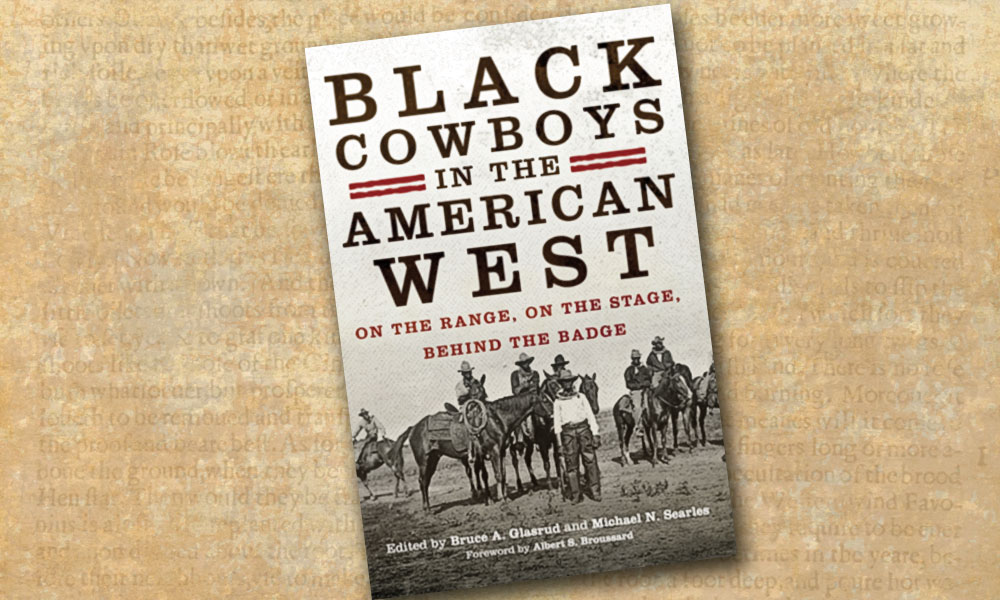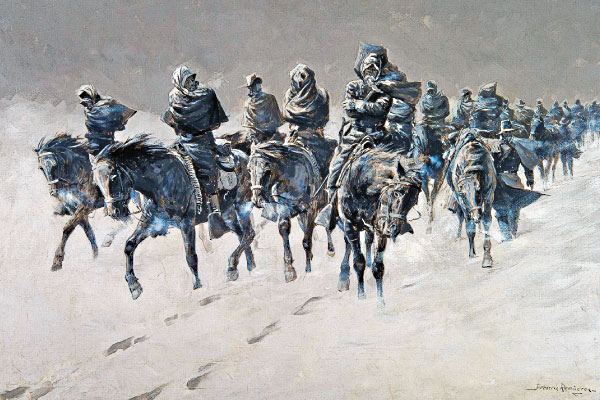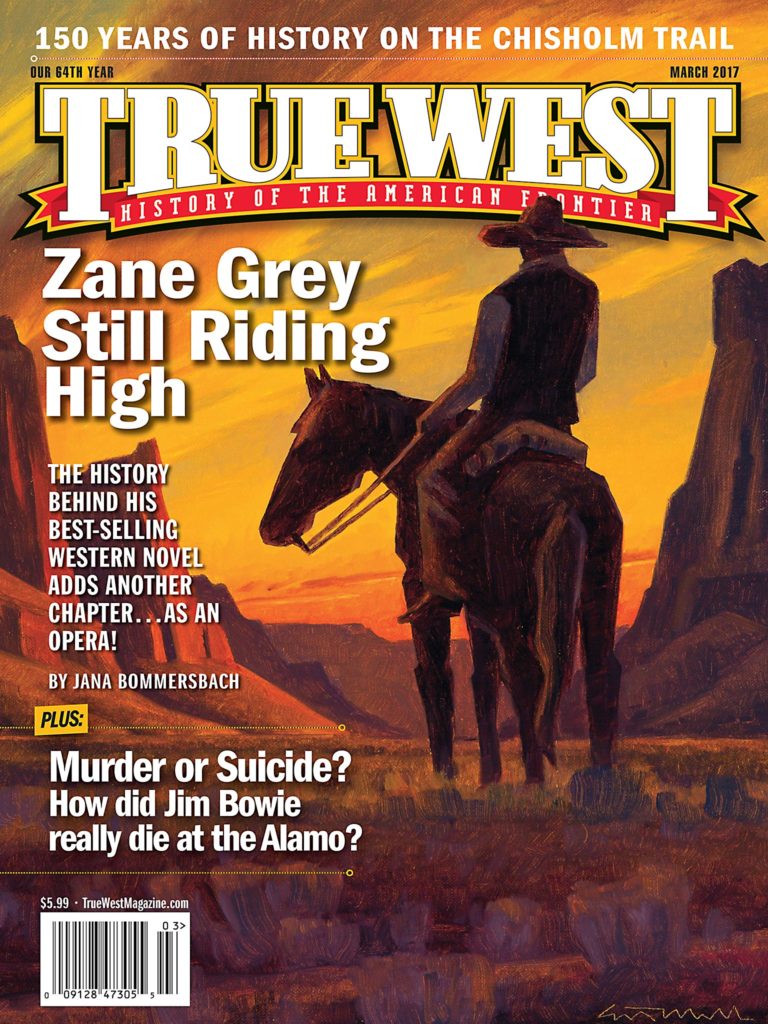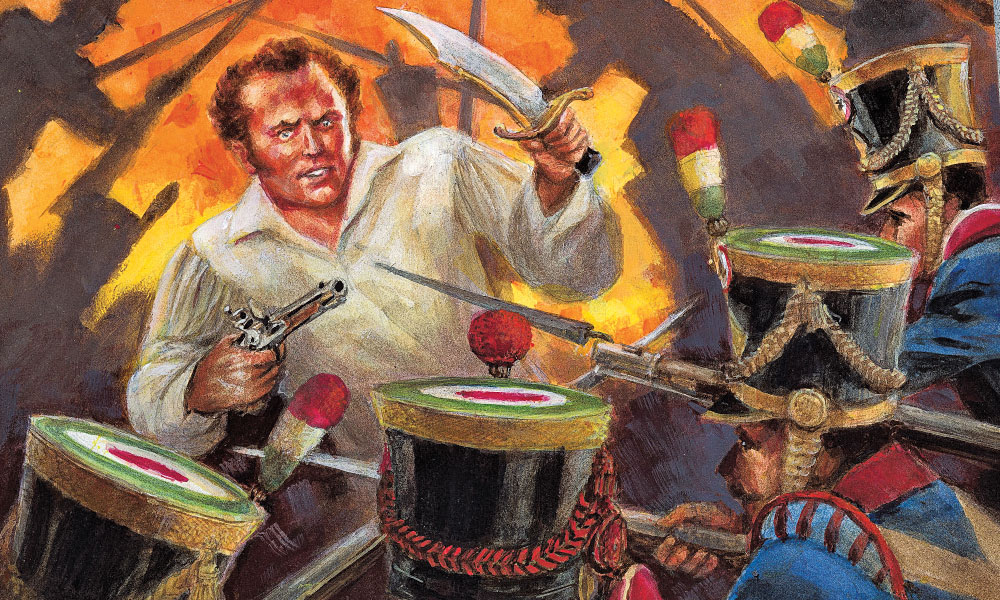
Did the famed Alamo defender go down as a gallant hero, fighting to the death, as illustrated here? Or should history remember him dying as a sick, feeble, angry coward?
– Illustrated by Joseph Musso –
The Alamo’s anniversary, March 6, ignites lively debate every year among aficionados concerning the how, why and where of every aspect of that epic 1836 battle. The death of David Crockett, the Alamo’s most famous combatant, draws the most attention. James Bowie, the Alamo’s other alpha male, must shake his head in the Texas Valhalla. His death certainly was as sacrificially heroic as Crockett’s, but no one is overly interested in his demise. Versions of Bowie’s death, while not as numerous as those of Crockett’s, are as varied and as historically confusing.
According to stories spread after the battle, Bowie either died as: a murder victim, a suicide, a battle casualty or a victim of sadistic torture. He may have died fighting from his sickbed; helplessly in his sickbed; or of an illness before Mexican soldiers did the job. He may have been killed by swords, bayonets, gunfire or fire. He may have died heroically or as a coward.
One of the first reports to Sam Houston after the battle reported that “Bowie was killed while lying sick in bed.” Houston and others passed on this information, interpreting it to mean he had been “murdered” while sick in bed. However, Houston changed the story two days later, writing, “Our friend Bowie, as is now understood, unable to get out of bed, shot himself, as the soldiers approached it.”
An unidentified Mexican soldier expressed a different opinion in the April 5, 1836, edition of El Mosquito Mexicano. He stated, “…the perverse and braggart Santiago Bowie, died like a woman, almost hidden under a mattress.”
Alamo survivor Susanna Dickinson Hannig weighed in on the subject 38 years later. She stated that Bowie was sick in bed, and when the Mexican soldiers entered his room, “…he killed two of them with his pistols before they pierced him through with their sabres.” Nothing in Hannig’s statement indicates she actually witnessed this.
Perhaps the most horrifying tale of Bowie’s death came in 1882, when William P. Zuber, who popularized the Alamo’s famous “line in the sand” story, told the tale of a young Mexican fifer Apolinario Saldigna. “Polin,” Zuber claims, witnessed Bowie brought out alive on a cot and placed before a Mexican captain. Bowie delivered a short patriotic speech to the captain, who became so outraged that he ordered his soldiers to cut Bowie’s tongue out and hurl the still-living man onto the Texian burning funeral pyre.
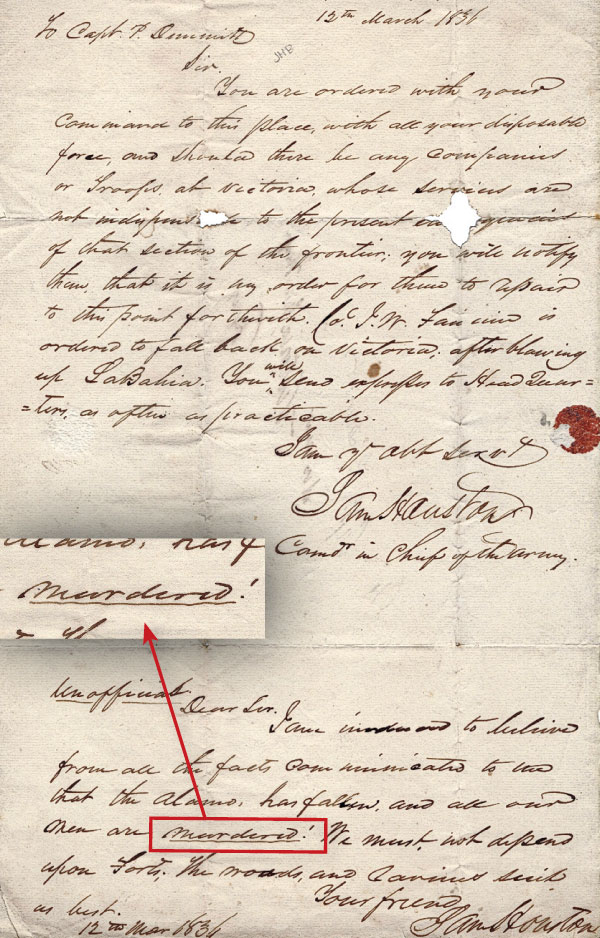
– Courtesy Beinecke Rare Book & Manuscript Library, Yale University –
The celebrated Madam Candelaria, who in later years developed a sort of cottage industry around Alamo stories, told in 1888 how she had been in the act of giving the ailing Bowie a drink of water when Mexican soldiers rushed in, killed Bowie in her arms and wounded her on the chin in the process.
Four years later, her story changed when she related how Bowie had died in her arms a few minutes before the soldiers swarmed in. However, one of them thrust a bayonet into Bowie’s lifeless head and lifted his body from her lap.
Still another story, attributed to her, appeared before her death on February 10, 1899, possibly 1898, this one more action packed. A dozen or more soldiers sprang into the room, and Bowie emptied his pistols in their faces, killing two of them. She threw herself in front of the Mexicans as they lunged at him with bayonets, receiving wounds on her arm and chin. The soldiers thrust her out of the way and butchered him before her eyes.
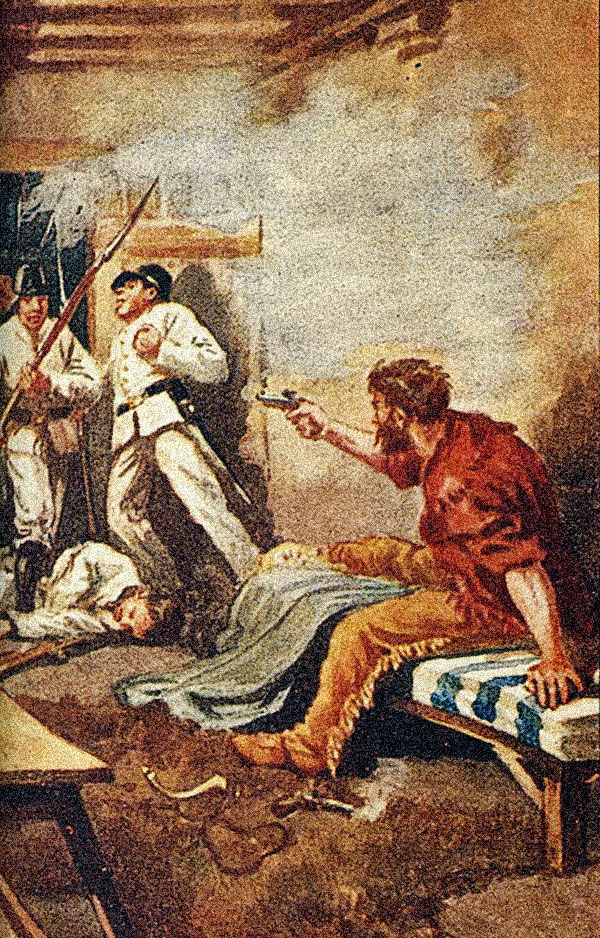
– Art Courtesy J.B. Lippincott Company –
Alamo survivor Juana Navarro Alsbury stated in 1898 that she witnessed soldiers enter Bowie’s room upstairs in “the old church,” bayonet him and carry him out into the plaza below while he still lived. They tossed him up and caught him on their bayonets until a cavalry officer dashed in and lashed the soldiers with his sword until they desisted.
Enrique Esparza, a child survivor of the battle, gave his version in 1907. He stated that Bowie, though sick with fever, fought on until he was wounded and had to be carried to a cot in one of the rooms on the north side of the church. He fired his rifle and pistol at the enemy from his cot until they closed in on him. As they made their final rush, he rose up in his bed, burying his knife in the breast of one as another fired a shot, killing him. His body was then riddled with bullets.
As with most aspects of the Alamo battle, the exact details of Bowie’s death may never be known. Perhaps the best quote regarding his death is attributed to his mother, Elve Jones Bowie. Walter Worthington Bowie wrote in 1899’s The Bowies and Their Kindred, “…it is said when told her gallant son James had been killed by the Mexicans at the Alamo, she received the news calmly, remarking that she would ‘wager no wounds were found in his back’….”
William Groneman III is the author of the 2005 biography David Crockett: Hero of the Common Man, among other Alamo and Texas Revolution books.


